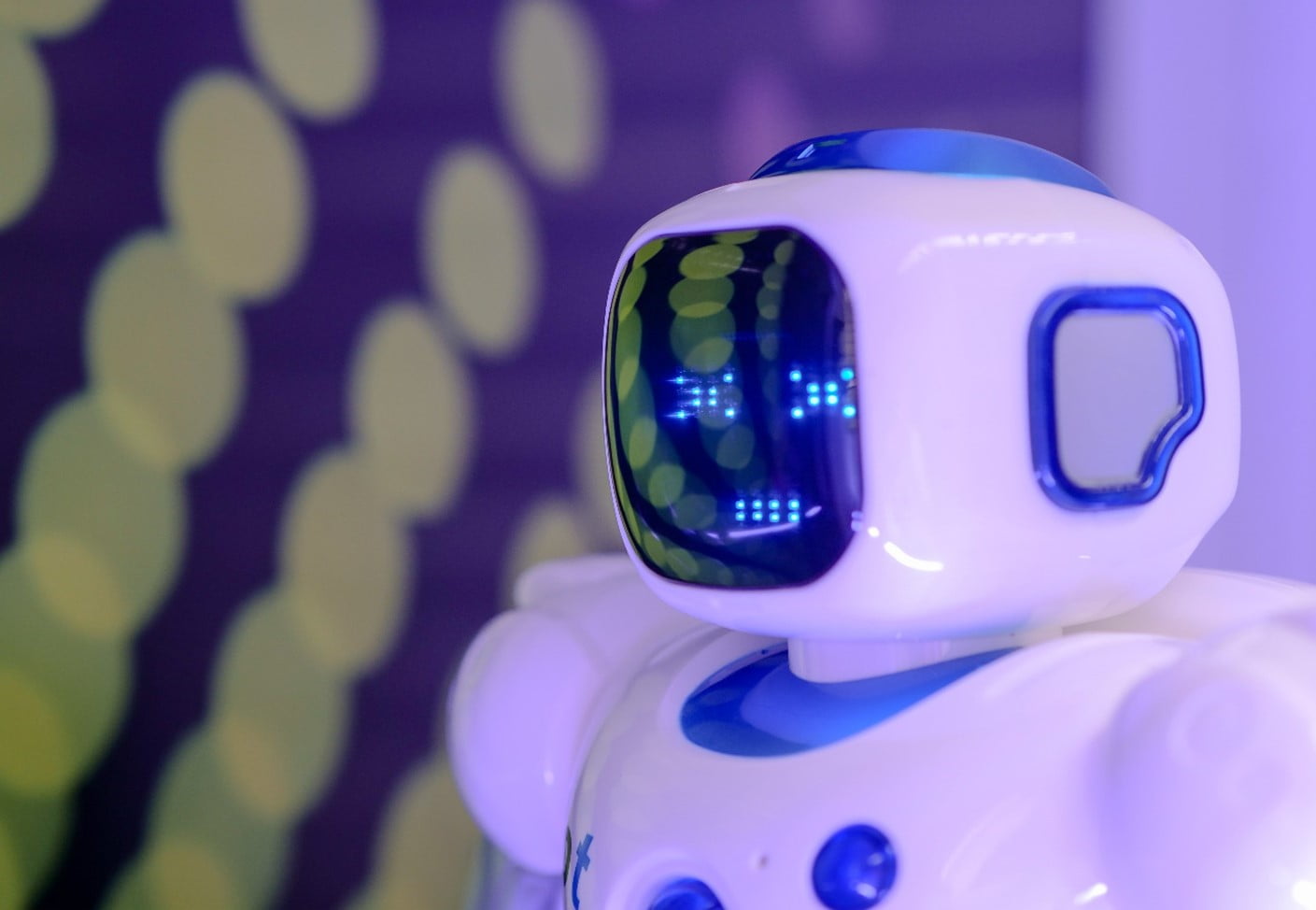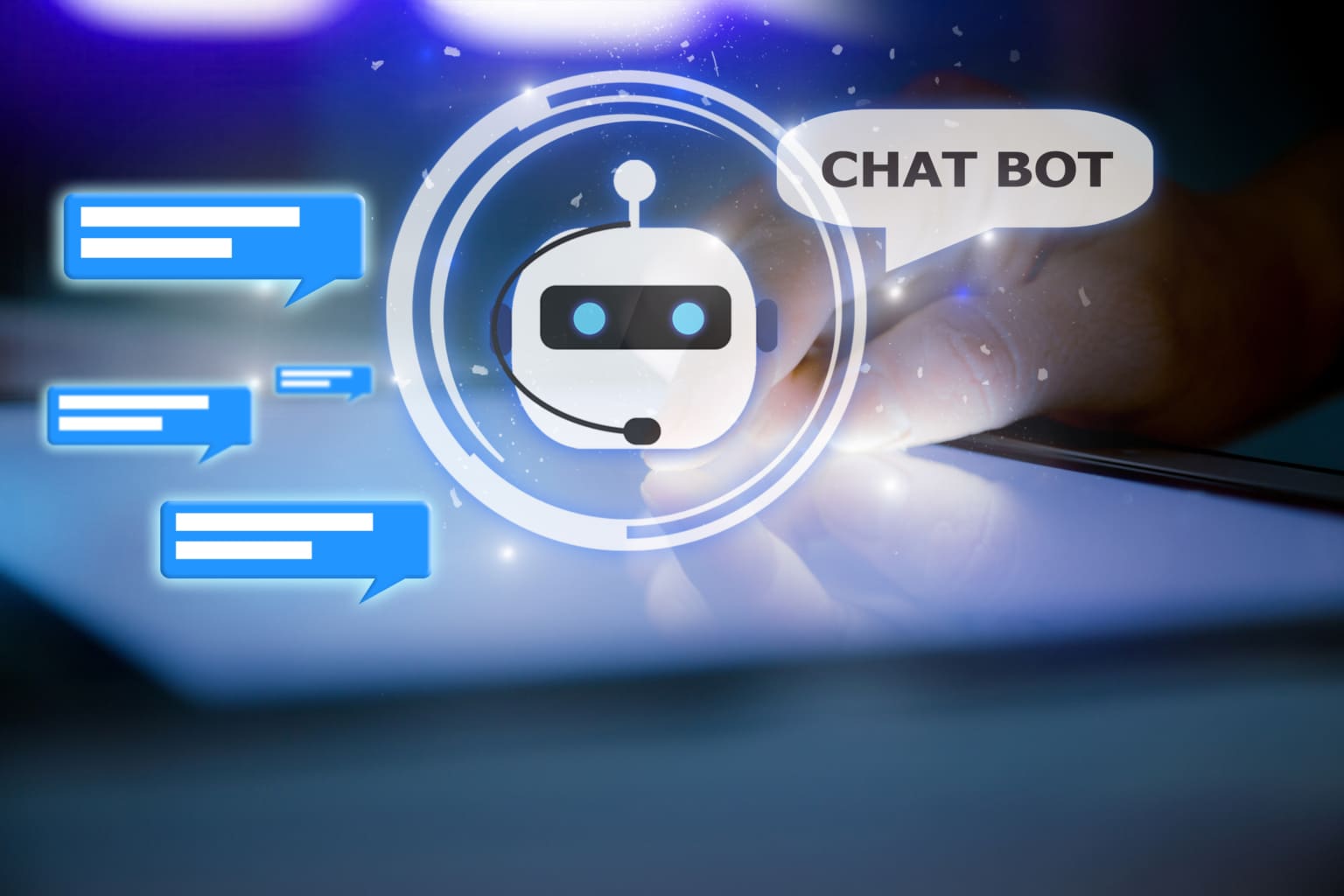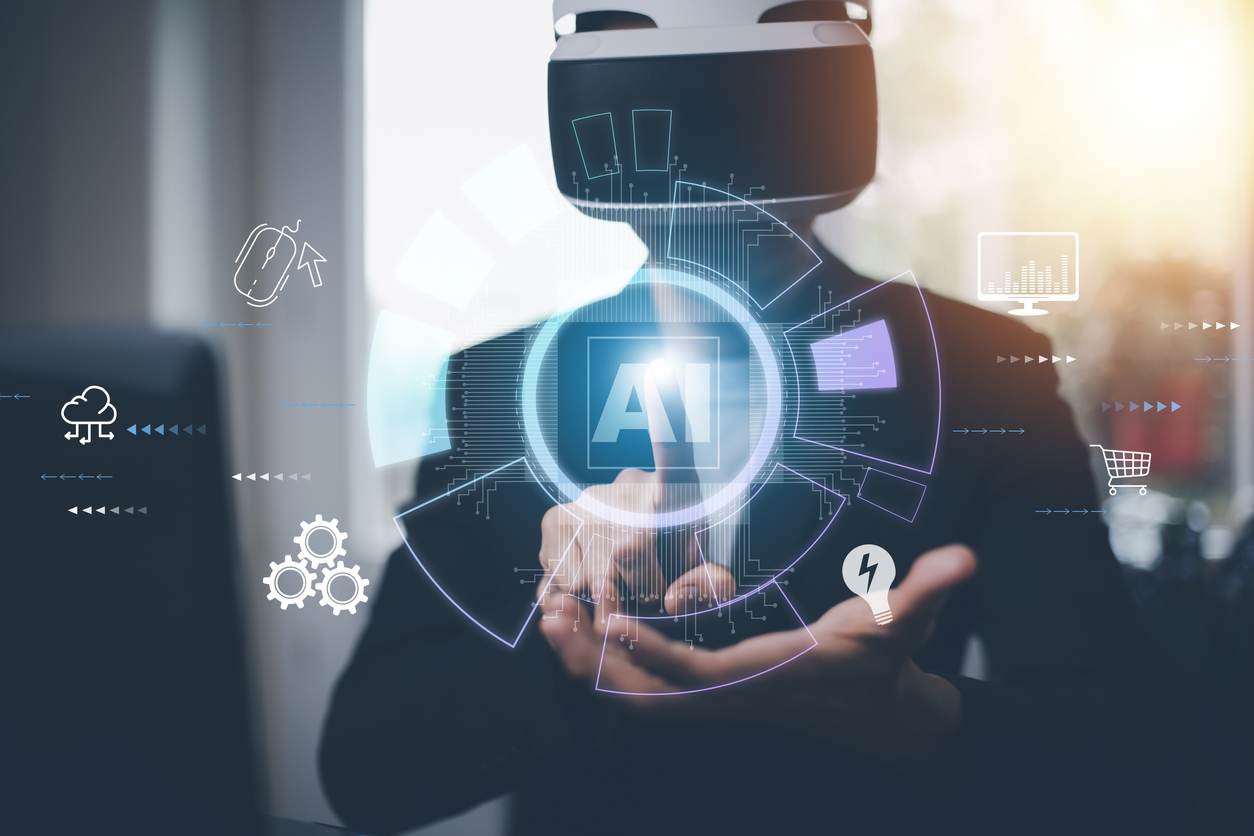Smart robots are equipped with high-sensitive sensors that keenly observe the surrounding environment and provide attributes like self-learning and self-correction with the help of artificial technology. In other words, a smart robot consists of Artificial Intelligence (AI) which can establish a partnership with humans, work together with them, and imitates their actions.
There are many advantages of adopting smart robots such as they work quickly, precisely, and tirelessly without any manual intervention. Moreover, they are capable of displaying human-like intelligence without being completely programmed.
These robots are capable of learning from their surroundings, environment, and experience. They are able to do not only manual work but also cognitive tasks. With the increasing popularity and technological developments, we can predict that robots and other intelligent systems will take over the majority of jobs currently performed by humans.
Applications of the Smart Robots 1. Healthcare segment
We expect a massive change in the healthcare sector by installing smart robots. Instead of going to a primary care physician who will provide us a check-up with a stethoscope, we will have smart robots performing these tasks. They have the capacity of interacting with patients, observe their conditions, and evaluate the need for further appointments.
Pharmabotics will lead to massive changes. They will be like ATMs for medicines, so we can get the medication we require while ruling out the discomfort of talking to a stranger about our health conditions.
2. Industrial segment
We can anticipate that the industrial segment will garner the highest growth in the industry. This is due to the growing deployment of smart robots in manufacturing units. Smart robots offer various benefits such as they expand the manufacturing capacity, increases workplace safety, decrease labor costs, and increases quality. These elements will promote several end-users to deploy smart robots in the next few years.
3. Professional application segment
Fields such as inspection & maintenance, field & agriculture, public relations, logistics management, industrial, healthcare assistance, defense and security, law enforcement, and others come under the professional segment. The main component boosting the demand of the segment is the massive demand for smart robots in the defense and marine sector so as to protect the border of a nation.
Causes for the huge development of Smart Robots 1. The growing integration of IoT in robots for cost-effective predictive maintenance
With the use of the Internet of Things (IoT), digital networking of several machines, robots, and systems are installed to set-up integrated smart processes. Predictive maintenance is able to forecast possible problems even before they happen. An IoT-integrated solution allows storing of terabytes of data and running machine learning algorithms on various computers coupled with forecasting probable hazards and recognize when industrial devices could breakdown, hence helping in predictive maintenance.
Information such as heat and voltage from several sensors in a robot is collected in the cloud, and then the information is examined with the help of machine learning (ML) algorithms.
2. The increase use of Industrial automation
Various sectors like manufacturing, healthcare, automobile, and construction are increasingly installing industrial automation. Because of this, the installation of smart robots has been expanded as they are highly accurate and stable in performance. The primary reason for such adoption is to have superior quality and protect workers from injuries that occur due to machine errors. In the manufacturing and production unit of the industry, smart robots are utilized to move materials and perform various programmed tasks.
Robots carry out dangerous tasks that improve the safety of workers combined with the productivity in the construction sector.
Smart Robot and its future
Even as smart robots will have a major role to play across various industries, the lines between robotics, artificial intelligence, machine learning, and deep learning continue to decrease. The rising integration of these technologies will grow operational productivity. The International Data Corporation (IDC) identifies as one of the six innovation accelerators that are modifying the ways in which work is done. This factor is fuelling digital transformation, developing digitized organizations, and new revenue streams.
In the year 2018, engineers from MIT and Princeton University have developed a robotic system that will help in household chores and assist in other sorting and picking tasks, from arranging items in a warehouse to clearing waste from a damage zone.
Conclusion:
Robotics has brought a massive transformation in this century. The development of robots into “smart” machines and systems will offer opportunities. Though, the limitations will have to be overcome. Smart robots have the capacity of communicating with users and operate as smart devices in a co-operative manner in the same work environment.
Robots are smarter, more accurate, and more profitable. Artificial intelligence is yet to reach its full potential, but as it progresses, so will robotics. There is high utilization of smart robots in industrial, commercial, and residential applications. Moreover, smart robots are used in several sectors like automotive, healthcare, retail, manufacturing, and process industries.


